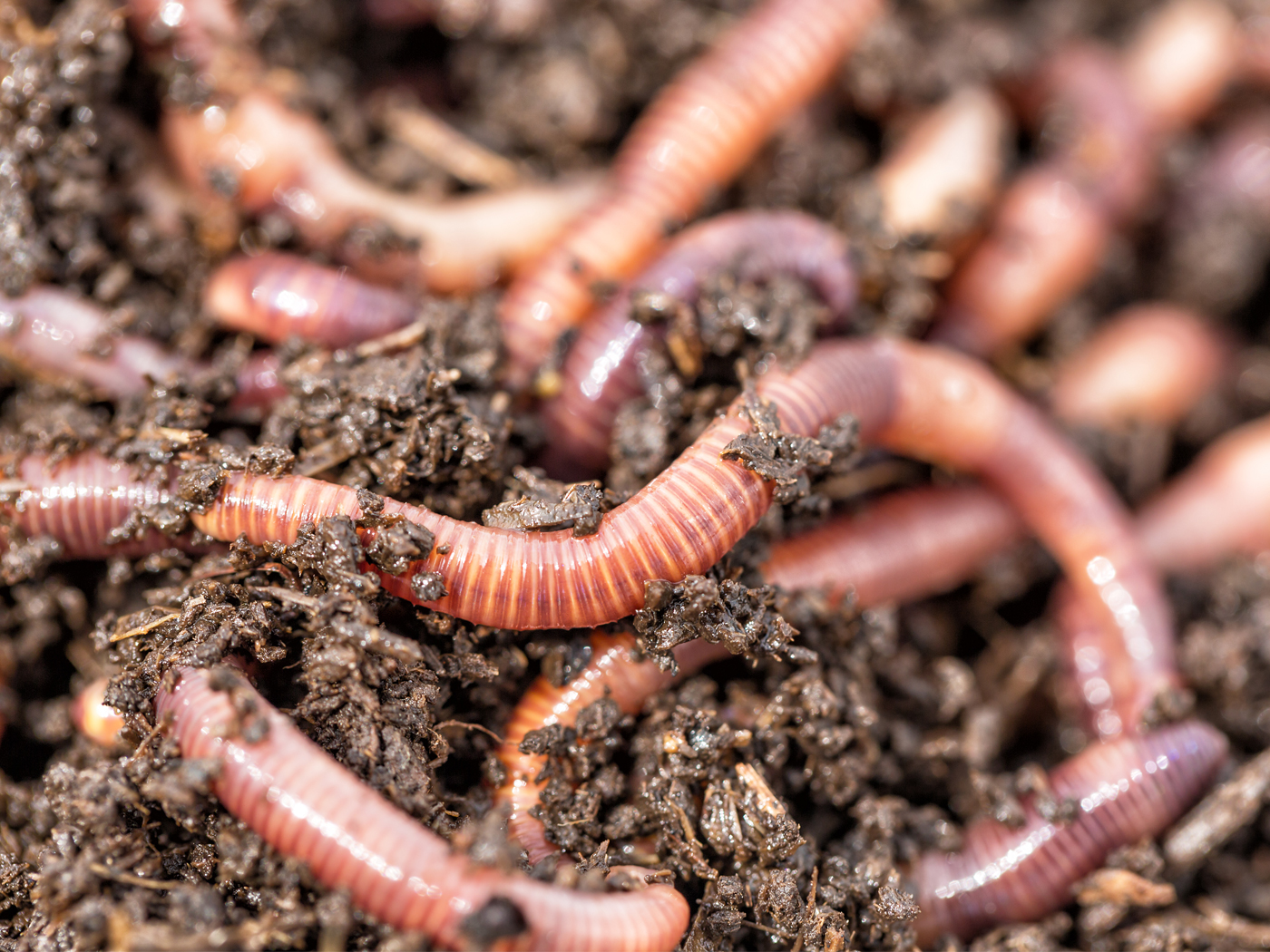The tiny Ancient Greenling Damselfly is an endangered insect, with only a few hundred known to be in existence. A new population of them was recently discovered in southwestern Australia, and researchers hope that studying them will aid in their conservation.
But this particular insect is part of another tale, for the same species has been found fossilized from Brazil to Siberia. Thus, according to standard dating, this “living fossil” has not changed in nearly 300 million years.
Di Crowther, senior scientist at the Arthur Rylah Institute in Victoria, Australia, told The Age, “It’s not every day that you find a living fossil pretty much in your backyard.”1 Cockroaches would be an exception to this, of course—living fossils are probably more common than most people are aware of.
Australia was also where live Wollemi Pine trees were discovered in 1994. The trees had only previously been known from fossils associated with dinosaur remains, so finding this still-living population was “like finding a live dinosaur.”2 And the lack of change in the trees over the supposed millions of intervening years suggested that either evolution was wrong in its assumptions about biological change, or it was wrong in the vast ages it had assigned to the tree’s fossils. Or perhaps, wrong about both.
Following evolutionary concepts, 300 million years ought to be more than enough time for mutations to occur in the damselfly and for natural selection to weed out the unfit and generate a new living form from the old. In fact, given the assumed evolutionary process of mutations and natural selection relentlessly occurring over time, even at miraculously slow rates, this vast age ought to guarantee at least some alteration in the insect. But not only is the damselfly still recognizable as a damselfly, but even more specifically as the Ancient Greenling Damselfly.
Like so many other living fossils, this one is more easily explained in the context of a young world, with fossils that are characterized by the sudden appearance and stability of living forms from their beginnings until today. But this also means that most fossil-bearing rock layers do not represent the record of an ancient past, but are instead the graves of vast multitudes of creatures that were buried under the sediments deposited by Noah’s Flood.3
References
- Smith, B.Found: fossil-linked, listed damselfly. The Age. Posted on theage.com.au January 5, 2010, accessed January 11, 2010.
- 1995. Sensational Australian tree … like ‘finding a live dinosaur.’ Creation. 17 (2): 13.
- Austin, S. A. 1984. Ten Misconceptions about the Geologic Column. Acts & Facts. 13 (11).
* Mr. Thomas is Science Writer at the Institute for Creation Research.
Article posted on January 19, 2010.





















